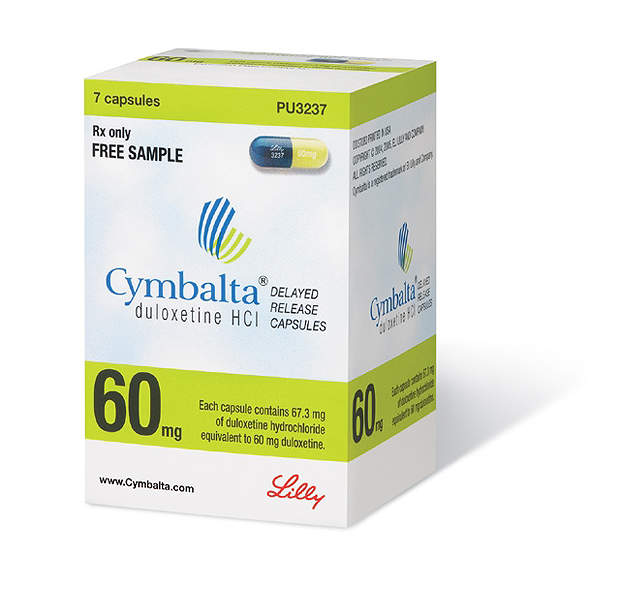Cymbalta (Duloxetine hydrochloride) is indicated for treating chronic musculoskeletal pain as a result of osteoarthritis and back pain. The drug was discovered by Eli Lilly.
Eli Lilly initially submitted a New Drug Application for Cymbalta in 2008 and withdrew it following discussions with the US Food and Drug Administration (FDA). The company has resubmitted the application in the first half of 2009.
In November 2010 the FDA approved Cymbalta for treating chronic musculoskeletal pain.
Musculoskeletal pain
The reasons for musculoskeletal pain are numerous. It can be caused by damage of ligaments, bones, nerves, tendons, joints, muscles tissues and bursae. The disease can be severe and long lasting.
The musculoskeletal pain may be the result of a trauma caused by jerking movements, falls, fractures and other direct blows to the muscle. It can also occur due to prolonged immobilisation of the muscles, repetitive movements, postural strain and overuse.
The disease affects the knees and lower back. Osteoarthritis is one of the most common musculoskeletal diseases and affects about 27 million people in the US. About 70-80% adults in the US experience low back pain at some time in their lives and 2-10% of them experience a chronic form of low back pain.
The incidence of the musculoskeletal pain can be found more often with the working populations and sometimes the disease increases with age. Musculoskeletal pain is generally associated with obesity.
Cymbalta
Cymbalta contains a selective serotonin and norepinephrine reuptake inhibitor that can mediate the effect of pain in the spinal cord and brain, and assist in regulating the perception of pain.
The drug can be administered orally once daily in a 60mg dose level. The mechanism of how Cymbalta manages to reduce the chronic musculoskeletal pain is not very clear, but the drug enriches the body’s pain-suppressing system. Clinical trials conducted on the drug have shown that the drug has significantly reduced chronic low back pain and chronic pain due to osteoarthritis.
Eli Lilly’s clinical trials
Eli Lilly conducted phase III clinical trials on Cymbalta from July 2009 to May 2010 across the US, Germany, Greece, Puerto Rico, Romania, Russia, Spain and Sweden. The main purpose of the study was to assess whether a 60mg dose of Cymbalta once a day reduces pain severity in patients with osteoarthritic knee pain when compared to a placebo.
The study enrolled 420 patients and compared the efficacy of 60mg of Cymbalta to a placebo to assess the effect of the drug in reducing the pain effect caused by knee osteoarthritis.
Phase III clinical trials were conducted from September 2008 to July 2009 in the US, Brazil, Germany, Netherlands, Poland, Russia and Spain. The study, which enrolled 401 patients with severe low back pain, was designed to assess the efficacy of the drug in a 60mg dose.
The results of the study showed a significant improvement on chronic low back pain patients.
The common adverse effects found during the study were constipation, nausea, dry mouth, headache and dizziness. A total of 41 patients in placebo-administered and Cymbalta-administered categories discontinued due to adverse events.
Phase III clinical trials on the drug in study centres across Brazil, France, Germany, Mexico and Netherlands were conducted from January 2007 to October 2008.
The purpose of the study was to find the efficacy of the drug in treating chronic low back pain. The study enrolled 236 patients with chronic low back pain.
Patients who did not experienced a reduction of at least 30% of pain by the seventh week were initially administered with a placebo for a period of 13 weeks and then switched over to 60-120mg of Cymbalta for a 41-week extension period. The drug showed significant global impression of improvement (PGI-I) in patients with chronic low back pain.






